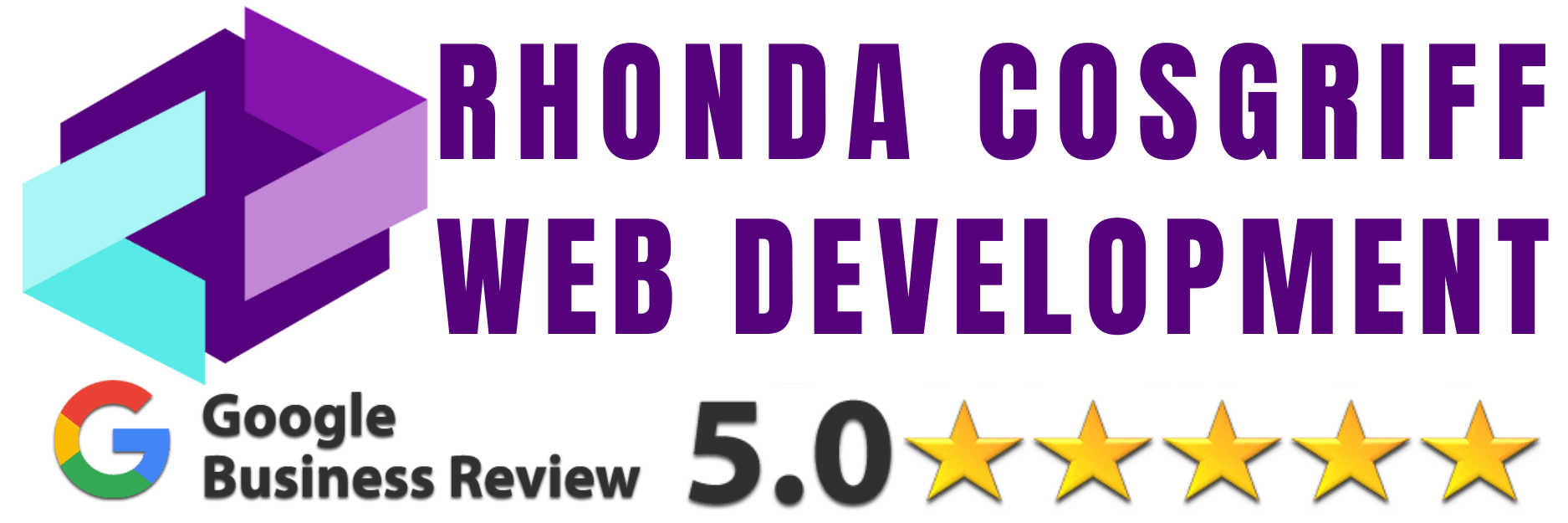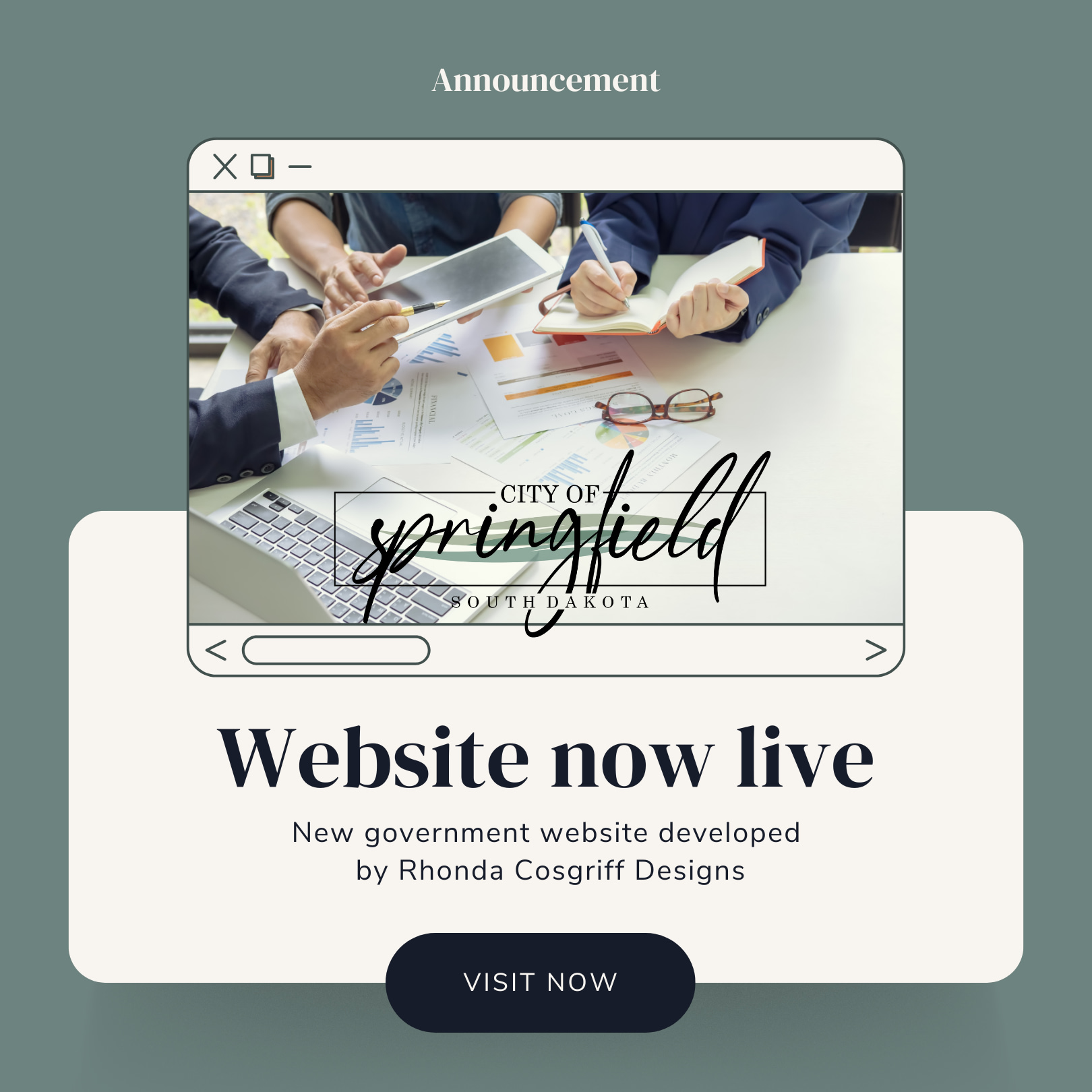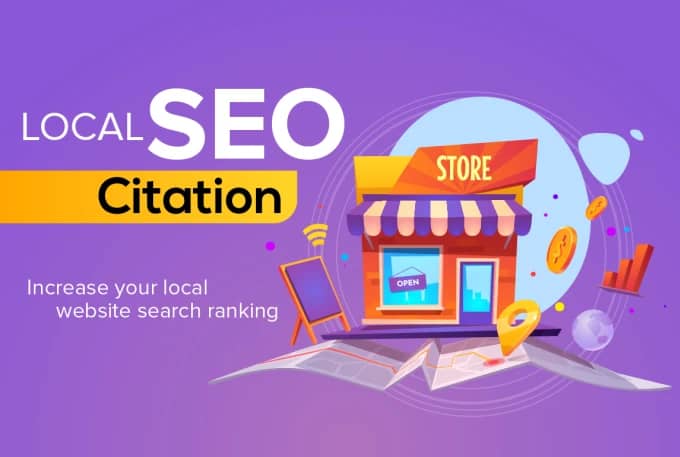In the boundless realm of the internet, where technology harmoniously intertwines with creativity, lies a multidimensional art form that weaves together aesthetics, functionality, and innovation. Welcome to the enchanting world of codecraft – where the lines of imagination and logic converge to create masterful web designs and development. Much like an artist wields a brush to breathe life into a canvas, codecrafters skillfully wield lines of code to shape virtual landscapes that captivate and engage. Join us on a captivating journey as we explore the mesmerizing intricacies of this art form, delving into the secrets and techniques that make codecraft a true masterpiece of the digital age.
Table of Contents
- Introduction: The Intersection of Artistry and Technology in Web Design
- Crafting Engaging User Experiences: Blending Aesthetics and Functionality
- Mastering Responsive Design: Adapting Websites to a Multitude of Devices
- Optimizing Performance: Techniques for Streamlining Web Development
- Innovative Techniques and Tools: Pushing the Boundaries of Web Design and Development
- Q&A
- Insights and Conclusions
Introduction: The Intersection of Artistry and Technology in Web Design
Artistry and technology merge seamlessly in the realm of web design, creating a delightful synergy that allows for endless possibilities. In this digital age, the intersection of artistry and technology has become paramount, transforming the way we perceive and interact with websites. Web designers now have the power to craft visually stunning and immersive online experiences, captivating users with their innovative prowess.
Through the harmonious marriage of artistry and technology, web designers can unleash their creativity onto the digital canvas. They possess the ability to blend colors, shapes, and typography, breathing life into the static pixels on the screen. From bold and vibrant websites that exude energy, to minimalist and sleek designs that evoke a sense of tranquility, web designers have the tools at their disposal to create unique aesthetics that leave a lasting impression.
Moreover, advancements in technology have allowed for the seamless integration of interactive elements in web design. With HTML5 and CSS3 capabilities, designers can now incorporate animations, parallax scrolling, and dynamic content into their creations, making each website feel like a journey of discovery. The intersection of artistry and technology transcends mere aesthetics; it empowers designers to create websites that not only look beautiful but also engage and captivate users on a deeper level.
In this post, we will explore the myriad ways in which artistry and technology intersect in web design. We will delve into the principles and techniques employed by designers to create visually stunning websites that are as functional as they are aesthetically pleasing. From the importance of user experience (UX) design, to the impact of responsive layouts and typography, join us on this journey to uncover the incredible world where artistry and technology converge in the realm of web design.
Crafting Engaging User Experiences: Blending Aesthetics and Functionality
Designing a user experience that captivates and delights users is a delicate art form that combines the aesthetics and functionality of a product seamlessly. When it comes to crafting engaging user experiences, the goal is to strike the perfect balance between visual appeal and intuitive design. By blending these two essential elements, designers can create an immersive journey that not only attracts users but also keeps them hooked.
One crucial aspect of crafting engaging user experiences is the careful consideration of aesthetics. Eye-catching visuals, harmonious color schemes, and stunning graphics are all essential ingredients in creating a visually pleasing environment. But aesthetics alone are not enough. The functionality of the design should complement the overall visual appeal, ensuring that users can effortlessly navigate through the interface. Intuitive layouts, clear navigation menus, and user-friendly interactions are all fundamental aspects that contribute to a seamless experience. With a well-thought-out balance between aesthetics and functionality, users are more likely to feel a connection with a product and engage with it on a deeper level.
Mastering Responsive Design: Adapting Websites to a Multitude of Devices
In the fast-paced world of technology, the need for responsive design has become paramount. With an ever-increasing number of devices available to users, it is crucial for websites to adapt seamlessly to each device’s unique requirements. Mastering responsive design allows businesses to deliver an exceptional user experience, regardless of whether their audience is accessing their site from a smartphone, tablet, or desktop computer.
Adapting websites to a multitude of devices involves implementing a range of techniques and best practices. Embracing fluid layouts is essential, as they allow content to flow and adjust to different screen sizes effortlessly. Using media queries in CSS enables websites to detect and respond to the screen size of the device being used, ensuring an optimal display. Additionally, employing flexible images that can scale accordingly helps maintain visual clarity across devices. By utilizing these techniques, businesses can effortlessly reach their audiences on diverse devices, ensuring a consistent and enjoyable browsing experience.
Consider the following tips to enhance your website’s responsive design further:
– Prioritize mobile-first design: Begin your design process with mobile devices in mind, as they often have more limited screen real estate. This approach ensures that your website is optimized for the smallest screens first, then progressively adapts to larger devices.
– Optimize touch interactions: With touchscreen devices dominating the market, it is crucial to design websites with touch-friendly elements. Make sure buttons are large enough for easy tapping and allow enough spacing between interactive elements to prevent accidental clicks.
– Test across various devices: To truly master responsive design, it’s crucial to test your website across different devices and screen sizes. By doing so, you can identify and resolve any visual or functional inconsistencies and ensure a seamless user experience.
By mastering responsive design, businesses can cater to the ever-evolving technological landscape, delivering an exceptional user experience on any device. Embrace the techniques discussed above and stay ahead in the game of adapting websites to a multitude of devices.
Optimizing Performance: Techniques for Streamlining Web Development
Web development is an ever-evolving field, and optimizing performance is essential to create a seamless user experience. By implementing certain techniques, developers can streamline their workflow and enhance the performance of their web applications. Here, we explore some effective strategies that can contribute to a smoother and faster web development process.
1. Minifying CSS and JavaScript: Minification involves removing unnecessary characters such as white spaces, comments, and line breaks from code files. This reduces the file size, leading to faster loading times. Utilize minification tools or plugins to automate this process.
2. Utilizing CSS Sprites: To improve the loading time of web pages, combining multiple images into a single file called a CSS sprite can be highly beneficial. This reduces the number of HTTP requests required to load the page, ultimately boosting performance. Use CSS techniques such as background positioning to display the desired part of the image.
3. Caching: Implementing browser caching can significantly improve website speed by storing certain elements locally on the user’s device. Leverage caching techniques such as HTTP caching headers and utilising Content Delivery Networks (CDNs) to reduce server load and minimize data transfer.
4. Optimize Images: Images contribute significantly to page load times, so it is crucial to optimize them for the web. Resize and compress images without sacrificing quality using tools like Adobe Photoshop or online image compression services. Additionally, consider using modern image formats like WebP or AVIF that offer improved compression and quality.
5. Lazy Loading: Loading images, videos, and other media assets only when they are needed can significantly enhance the overall performance of a web page. Implement lazy loading techniques to ensure that resources load progressively as the user scrolls, reducing initial page load times.
6. Avoiding Render-Blocking Resources: Render-blocking resources, such as blocking JavaScript and CSS files, can delay the rendering of a web page. Use techniques like asynchronous and deferred loading for JavaScript files and optimize CSS to minimize render-blocking and ensure smoother user experiences.
By incorporating these techniques into your web development workflow, you can optimize performance, streamline the development process, and create faster and more efficient web applications. Stay updated with the latest tools and best practices to continually improve your optimization strategies and deliver outstanding user experiences.
Innovative Techniques and Tools: Pushing the Boundaries of Web Design and Development
Web design and development have come a long way, thanks to the continual growth of innovative techniques and tools. These advancements have pushed the boundaries of what is possible, transforming the way we create and experience websites. From streamlined workflows to stunning visuals, the field of web design and development is constantly evolving, providing endless possibilities for creative expression.
One of the most exciting developments is the rise of responsive design. Gone are the days of designing separate desktop and mobile versions of a website. With responsive design, websites adapt seamlessly to different screen sizes, creating a consistent and engaging user experience across devices. This has become essential in a world where mobile browsing is on the rise.
In addition to responsive design, new tools and technologies have revolutionized the way websites are built and maintained. Content management systems (CMS) like WordPress and Drupal have made it easier than ever for non-technical users to manage their websites, allowing them to update content, add new pages, and even change the layout with a few simple clicks. Frameworks like Bootstrap and Foundation have also gained popularity, offering a powerful and flexible foundation for building visually impressive websites quickly and efficiently. These tools not only save time but also ensure a high level of consistency and functionality.
Other innovative techniques, such as parallax scrolling and animation, have breathed new life into web design. With parallax scrolling, elements on a page move at different speeds, creating a captivating 3D effect that adds depth and interactivity. Animation, on the other hand, brings websites to life by incorporating subtle or elaborate transitions and movements. These techniques not only enhance the overall user experience but also capture attention and leave a lasting impression.
As the world of web design and development continues to evolve, the possibilities seem limitless. With innovative tools and techniques at our disposal, we have the power to create websites that are not only visually stunning but also highly functional and user-friendly. Embracing these advancements and staying up-to-date with the latest trends is crucial to stay at the forefront of this ever-changing field. Are you ready to push the boundaries and take your web design and development skills to the next level? The future awaits!
Q&A
Q: What does it mean to engage in the art of codecraft?
A: Engaging in the art of codecraft means mastering the skill of creating visually stunning web designs and developing flawless code that brings websites and applications to life.
Q: How does codecraft differ from traditional web design and development?
A: Codecraft takes web design and development to a whole new level by incorporating creativity, attention to detail, and a deep understanding of user experience. It goes beyond technical skills to create immersive and captivating digital experiences.
Q: What are the essential qualities of a codecraft artist?
A: A codecraft artist possesses a keen eye for aesthetics, a solid understanding of programming languages, and the ability to bridge the gap between design and development. They constantly strive for innovation, staying up-to-date with the latest technologies and trends in the industry.
Q: Why is codecraft considered an art form?
A: Codecraft is considered an art form because, like traditional art, it requires creativity, originality, and the ability to elicit emotions. Just as a painter meticulously creates a masterpiece, a codecraft artist meticulously crafts web designs and develops code that turns ideas into reality.
Q: How important is the marriage between design and development in codecraft?
A: The marriage between design and development is crucial in codecraft. It ensures that the design is not only visually appealing but also functional and user-friendly. Design and development complement each other to create seamless digital experiences.
Q: How does codecraft impact user experience?
A: Codecraft has a direct impact on user experience; it sets the stage for how users interact with websites or applications. By combining beautiful designs with optimized code, codecraft artists create intuitive and engaging user interfaces, enhancing the overall experience for the end-users.
Q: Can codecraft be learned, or is it purely an innate skill?
A: Codecraft is a skill that can be learned through practice, dedication, and continuous learning. While some individuals may have a natural inclination towards it, anyone with the passion and perseverance can become a proficient codecraft artist.
Q: How can aspiring codecraft artists improve their skills?
A: Aspiring codecraft artists can improve their skills by studying design principles, learning programming languages, and constantly working on projects. They can also seek mentorship, attend workshops, and join communities to learn from industry experts and collaborate with like-minded individuals.
Q: Is codecraft limited to website design, or does it extend to other digital platforms as well?
A: Codecraft extends beyond website design and encompasses a wide range of digital platforms. It includes designing and developing mobile applications, web applications, interactive media, and user interfaces for various devices.
Q: How does codecraft contribute to the success of businesses?
A: Codecraft plays a vital role in the success of businesses by creating visually stunning and user-friendly digital experiences. It helps in building brand credibility, attracting and retaining customers, and differentiating businesses from their competitors in the digital landscape.
Insights and Conclusions
In the vast digital realm where lines of codes transfer into visually stunning web designs, the art of codecraft takes center stage. Just like a skilled craftsman, web developers and designers meticulously weave their magic, transforming ordinary ideas into extraordinary online experiences. The fusion of imagination, technical dexterity, and a keen eye for aesthetics culminate in masterful web designs that captivate and engage users.
As we unravel the intricacies of this enchanting craft, we’ve embarked on a journey where pixels and algorithms dance together, effortlessly shaping the web as we know it. From the elegant simplicity of minimalist designs to the dazzling complexity of interactive interfaces, the art of codecraft embraces endless possibilities. It encourages creators to push boundaries, embrace innovation, and constantly evolve their skills as they strive for perfection.
But codecraft is more than just a fusion of art and technology; it’s a mindset. It’s an understanding that a web design is not only a visual masterpiece but also a vehicle for seamless user experiences. Behind every pixel, there’s an intention, an understanding of human behavior, and a desire to create an emotional connection with users. A master code crafter leaves their ego at the door and immerses themselves in the challenges and aspirations of their audience.
In this article, we’ve explored the diverse facets of the art of codecraft, revealing the inner workings of this fascinating world. We’ve delved into the realms of responsive design, typography, and color palettes, aware that every choice resonates with the user on a subconscious level. We’ve uncovered the secrets of user-centered design, accessibility, and cross-browser compatibility, reminding ourselves that inclusivity and seamless experiences should be at the core of every project.
As we conclude this journey, we invite you to embrace the art of codecraft and join the ranks of web development and design mavens. Whether you are a novice dipping your toes into this vast ocean or a seasoned professional seeking inspiration, remember that codecraft is about embracing both the artistic and technical aspects of web creation.
So let us continue our exploration, fueled by passion and curiosity, as we navigate this ever-changing landscape. With each line of code, with every design element meticulously placed, we shape the digital world, leaving our mark on the canvas of the internet. So, fellow code crafters, let us embark on this artistic odyssey, forever pushing the boundaries and creating web designs that will stand the test of time.










